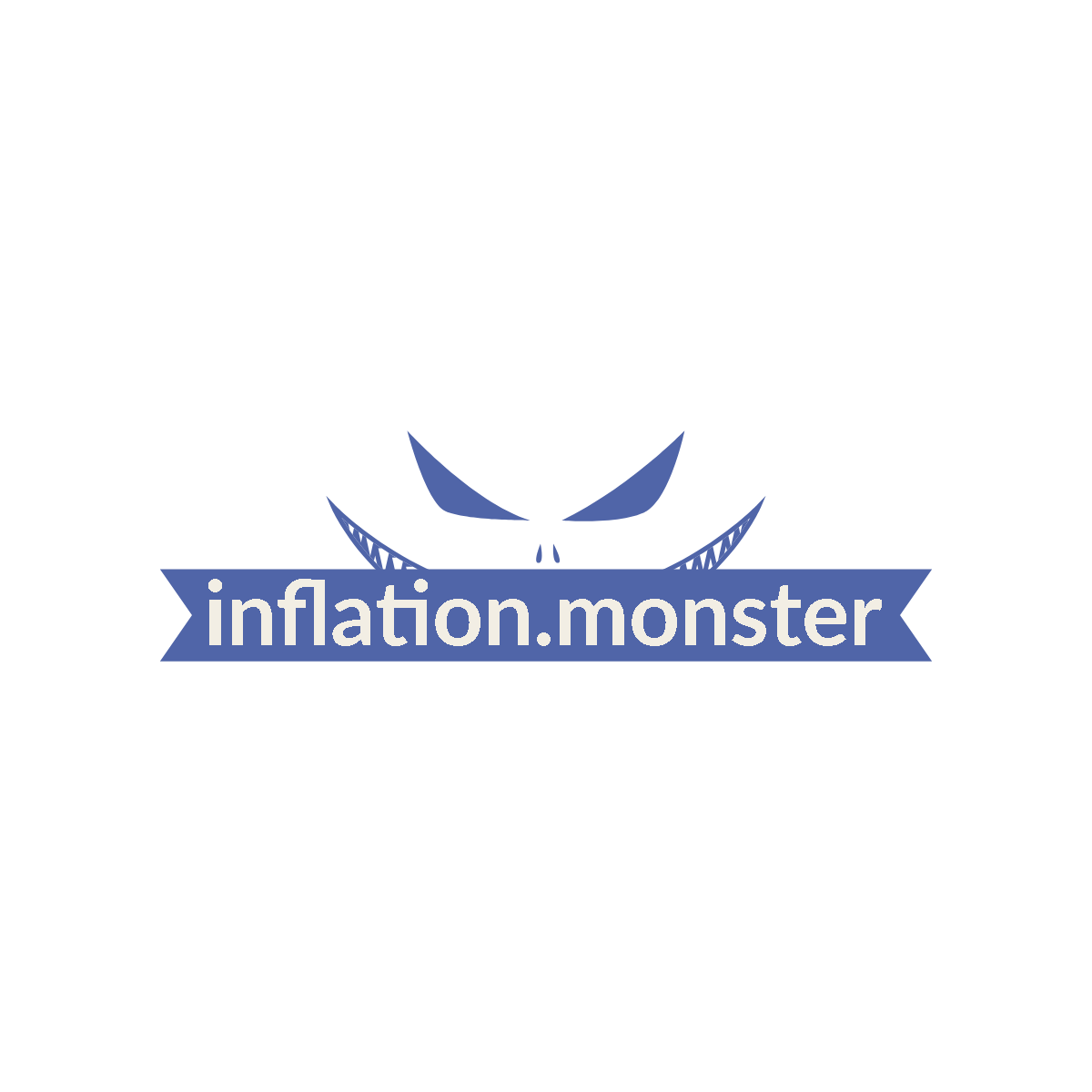Inflation and supply chain disruptions have become intertwined obstacles to economic stability, affecting industries and individuals alike. As we confront the complexities of these challenges, it is imperative to understand the intricate relationship between inflation and the disruption of supply chains. At Inflation.Monster, we strive to be your go-to source for unraveling the mysteries behind these concepts, equipping you with the knowledge to navigate the ever-evolving financial landscape. From exploring the impact of inflation on money and economics to delving into the mechanisms behind supply chain disruptions, we are here to shed light on the dual forces shaping our economic realities.
Inflation and Supply Chain Disruptions

Introduction
Welcome to our comprehensive article on the topic of inflation and supply chain disruptions. In this article, we will explore the connection between these two important factors and their impact on various aspects of the economy. We will delve into the causes and consequences of inflation and supply chain disruptions, and discuss how they can affect businesses, consumers, and the overall financial landscape. So let’s jump right in!
Understanding Inflation
Inflation is a term that is frequently thrown around in discussions about economics and finance. But what exactly is inflation? In simple terms, inflation can be defined as a sustained increase in the general price level of goods and services in an economy over a period of time. It means that, on average, prices are rising and the purchasing power of money is decreasing.
There are several factors that can contribute to the occurrence of inflation. One common cause is the increase in the money supply. When there is too much money in circulation, it can lead to an excess demand for goods and services, which can push prices upward. Another cause of inflation is cost-push inflation, which occurs when businesses experience an increase in production costs, such as wages or raw materials. This increase in costs is then passed on to consumers in the form of higher prices.

The Impact of Inflation
Inflation can have both positive and negative effects on the economy. Let’s start with the negative impacts. One major consequence of inflation is the erosion of purchasing power. As prices rise, consumers find that the same amount of money can purchase fewer goods and services. This can lead to a decrease in living standards and a decrease in the overall welfare of the population.
Inflation can also create uncertainty in the economy. When prices are constantly rising, it becomes difficult for businesses to plan for the future. They may be unsure of what prices they will have to pay for inputs, and what prices they will be able to charge for their products. This can lead to a decrease in investment and business activity, which can slow down economic growth.
On the positive side, moderate inflation can stimulate economic activity. When prices are rising, consumers may feel incentivized to make purchases sooner rather than later, as they expect prices to continue increasing. This boost in consumption can drive economic growth and increase business revenues. Additionally, inflation can help reduce the real burden of debt, as the value of money decreases over time.
Supply Chain Disruptions
Now that we have a good understanding of inflation, let’s move on to the topic of supply chain disruptions. A supply chain disruption refers to any event or circumstance that disrupts the flow of goods and services from the point of production to the point of consumption. This can include natural disasters, political instability, labor strikes, transportation issues, or any other factor that hinders the smooth operation of the supply chain.
Supply chain disruptions can have significant consequences for businesses and consumers. When a disruption occurs, it can lead to delays in production and delivery, shortages of goods, and price increases. For businesses, this can result in lost sales, decreased customer satisfaction, and increased costs as they try to find alternative sources of supply. For consumers, it may mean higher prices, limited choices, and difficulties in obtaining necessary goods and services.

The Interplay Between Inflation and Supply Chain Disruptions
Now that we have examined both inflation and supply chain disruptions, let’s explore how these two factors can interact and influence each other. It is important to note that the relationship between inflation and supply chain disruptions is complex and can vary depending on the specific circumstances.
In some cases, supply chain disruptions can be a contributing factor to inflation. For example, if a major transportation route is blocked due to a natural disaster, it can lead to delays in the delivery of goods and increase their prices. Similarly, if a key supplier experiences a disruption in production, it can lead to shortages and higher prices for the final products.
On the other hand, inflation can also contribute to supply chain disruptions. When prices are rising rapidly, businesses may struggle to keep up with the increasing costs of inputs. This can result in supply chain bottlenecks, as businesses either reduce production or pass on the higher costs to consumers in the form of price increases. In extreme cases, this can lead to shortages and disruptions in the availability of goods and services.
Coping with Inflation and Supply Chain Disruptions
Given the potential negative impacts of both inflation and supply chain disruptions, it is important for businesses and individuals to be prepared and develop strategies to cope with these challenges.
In the case of inflation, businesses can consider a number of strategies to mitigate its effects. These include analyzing and adjusting their pricing strategies, diversifying their supplier base to reduce dependency on single sources, and improving operational efficiency to reduce costs. Consumers can also take steps to protect themselves from the adverse effects of inflation, such as budgeting, saving, and investing in assets that can retain their value over time.
When it comes to supply chain disruptions, businesses can take proactive measures to build resilience and minimize disruption risks. This can involve developing contingency plans, maintaining good relationships with suppliers, and investing in technology and infrastructure to improve supply chain visibility and responsiveness. Collaboration and communication across the supply chain can also play a crucial role in managing disruptions and finding alternative solutions.
Conclusion
Inflation and supply chain disruptions are two significant factors that can have a profound impact on the economy and the lives of individuals. Understanding the causes and consequences of inflation, as well as the challenges and solutions related to supply chain disruptions, is crucial for businesses and consumers alike. By staying informed and developing strategies to cope with these challenges, we can navigate the complex financial landscape and safeguard our economic well-being. So let’s continue to unravel the mysteries behind the inflation monster and equip ourselves with the knowledge to thrive in an ever-changing world.




